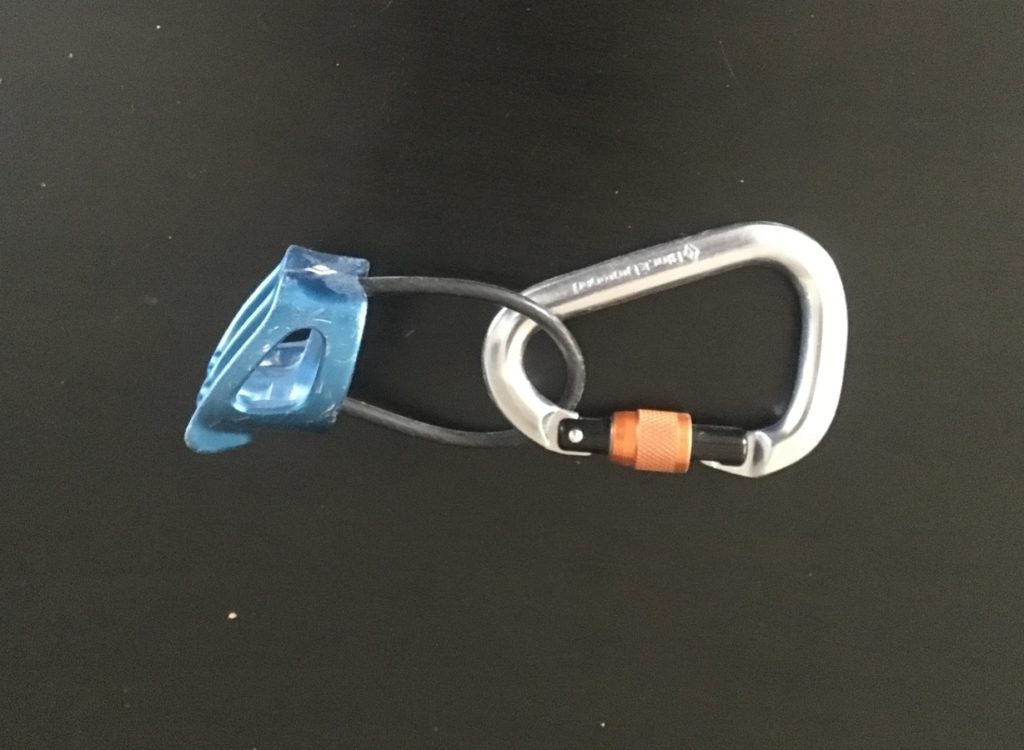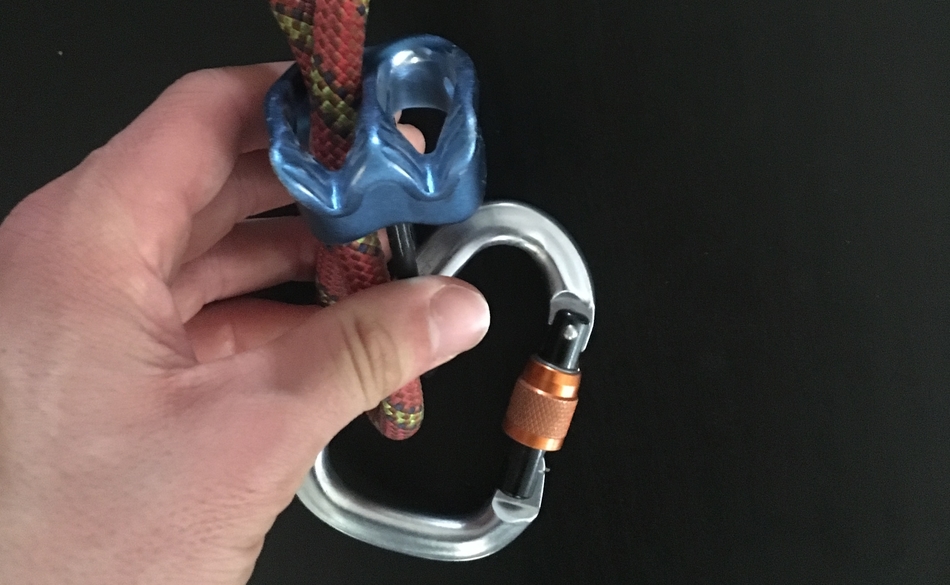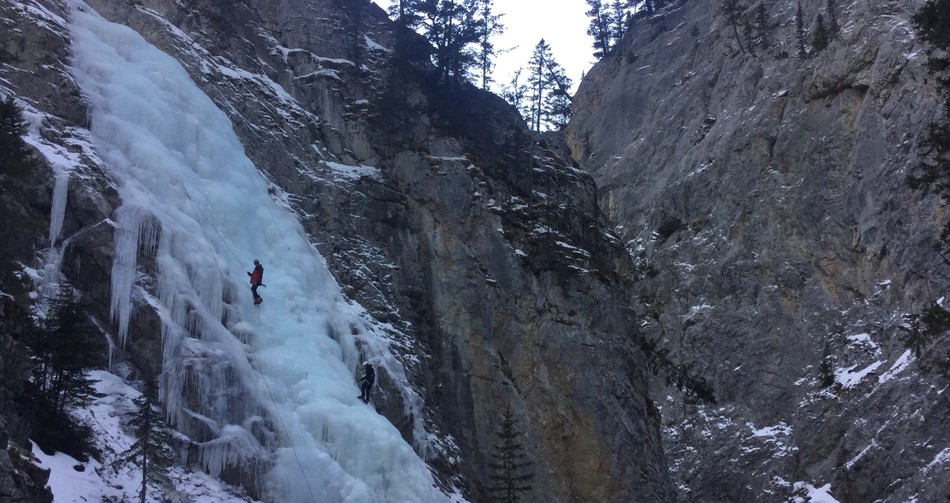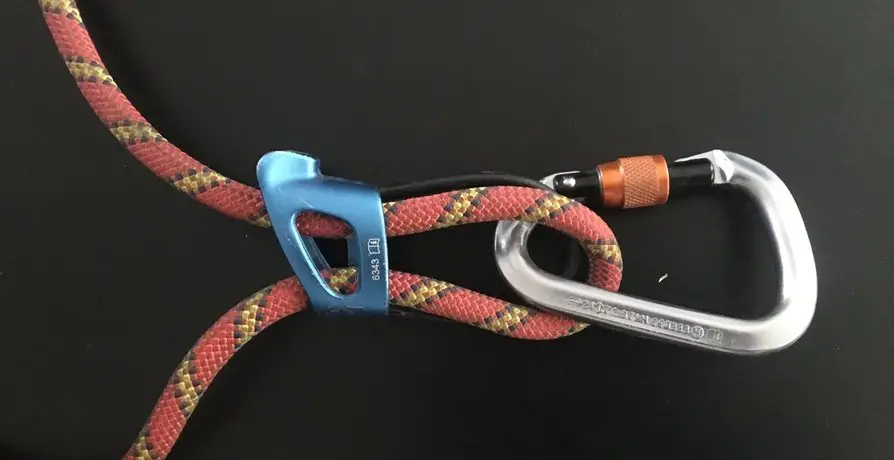So, you want to start rappelling, but you’re not sure what device is best to get you down the rope. Safety is obviously a huge concern here, as is ease of use and reliability.
I’ve tested loads of different devices on the market, from auto lockers to tubular devices to everything in between, and the best product that I’ve found is the Black Diamond ATC Guide. The ATC Guide balances size, affordability, and functionality to make it the best rappel device on the market.
When using the different rappel devices, I judged them on criteria including ease of use, cost of purchase, features offered, and versatility. I’ve looked at popular belay devices such as the Petzl Gri-Gri, simple-to-use models like the Verso, and more job-specific tools like the SQWUREL or Sterling ATS. What I’ve found is that while all of these are solid purchases, the ATC Guide best balances the above criteria to come out as the absolute best rappel device.
Criteria to Make Your Decision
Like I said, I used the above categories to judge my purchase. However, different people may have different wants or needs from their device, so what works for me may not work for everybody else. The following are some decision criteria you may take into account when purchasing your rappel device:
- Durability: as with any climbing-related gear, it’s important that your device be able to withstand not only the test of time, but also some of the knocks and scrapes that come with using it around rock.
- Auto-locking: If you’re a beginner, or not as strong of a rappeller, the ability for your device to lock off may be extremely important.
- Versatility: Climbing? Caving? Using it as a backup? It makes sense to purchase a device that can do everything you need it to do.
- Weight: Sometimes when climbing, every ounce matters. How heavy your device is going to feel when strapped to your waist is a legitimate concern.
- Specificity: Opposite to the criteria above, you may want a device that’s built for a specific purchase, such as caving or canyoneering (if it’s the latter, check out my review of the best canyoneering devices)
- Cost: Rappel devices vary widely in terms of how much they’ll cost you. Price can be an important factor when looking for climbing gear
- Safety: This is the most important criteria. No matter what I say, the best device for you is the one that you feel you can most safely use. Nothing else is more important than this.
The Black Diamond ATC Guide
So, from the above criteria, I’ve selected the ones that I think are most important for a rappel device and judged them against all contenders. When faced with rigorous testing, one emerged victorious, and below are the reasons why:
Ease of Use
This is one of the ATC’s strongest areas; in fact, it’s what set it apart from more rappel-specific creations like the Petzl PIRANA. While some of the canyoneering devices are made specifically for rappelling and have a slew of neat features, they fail to offer the intuitive simplicity of the ATC. With its two loops, single carabiner hitch, and no-nonsense design, the ATC can be used by anybody at any level of experience.

Aside from just providing convenience, this criteria also has a lot of implications for personal safety. When rappelling, a small mistake can lead to large consequences: a rope out of place, a carabiner through the wrong hole, etc. With more complicated designs, it’s easier to get your gear crossed and miss the fact that something is wrong. With the ATC, a quick visual check is enough to show you whether or not you’re good to rappel.
Cost
This is another areas where the ATC Guide shines. The most expensive model— complete with two sets of teeth, a beefy cable, and a guide loop— comes in at less than $35 dollars and will last you several years. It’s much cheaper than more expensive, jumar-built models like the Gri-Gri, which can run you up to $150.
Features
This is probably the ATC’s weakest category. Because of how simple it is, it lacks a lot of the features of other devices. There’s no locking-off feature, so you can’t pause mid-rappel to rest. This issue can be fixed with a prussik knot, but that’s a more advanced technique that requires some practice.
Another feature not offered by the ATC is varying levels of friction mid rappel. While the dual loops with different-edged teeth do allow you to adjust how much ‘pull’ the device is going to give you, this decision must be made before you lock yourself in and start the rappel (plus if you’re doing a two-roped rappel, you don’t have this option at all). Other devices, like the SQWUREL or PIRANA, allow you to change your friction mid-rap, which can be handy when going over ledges or through tricky terrain.

Versatility
Perhaps no criteria for me is more important for a rappel device. I ask a lot of my gear, and that includes being able to use it in various scenarios— and let me tell you, the ATC Guide pulls through.
I’ve used the ATC for summer climbing trips in Yosemite. I carried it with me when I went ice climbing in -20 degree weather. It was in my backpack when I bailed on a class-four scramble and needed a safe way out. Whether it’s crag climbing, multi-pitch trad, or rappelling in freezing-cold weather, the ATC Guide will pull through.

How does it do this? The answer is linked back to its simplicity of design. The device can be used to rappel or belay with one or two ropes, in almost any situation. It’s got no gears, so it won’t get clogged with sand or ice. It’s lightweight, so you can carry it as a backup and not have to worry about adding ounces to your pack. It really is a jack-of-all-trades rappel device.
Overall Verdict
So there you have it! It’s cheap, simple to use, and functional in almost every single scenario you’ll put it through. While the Black Diamond ATC Guide doesn’t offer the same array of features that other belay devices do, it’s still more than enough to get you down safely in almost every scenario you’ll encounter
Buying a Rappel Device
The best way to buy a rappel device is to shop around a little bit. If you’re already familiar with a piece of gear, go ahead and order it online. If not, however, it can be hugely beneficial to go into the store and see for yourself what you’re dealing with. Tough the device, pick it up, maybe even give it a test if the store employees will let you.
Pro tip: buy from a store like MEC that has some kind of guarantee program so you can return the device if you end up not liking it.
Some stores that I trust, and would reccomend buying from:
- Mountain Equipment Coop
- REI
- Atmosphere
If nothing else, your local climbing gym will likely have a small store where you can buy gear, and the staff members will be happy to help you with your purchase. Happy shopping!
Disclaimer: While I highly recommend the above product, please remember that rappelling is a dangerous activity. Please do your own gear tests, find your own personal preferences, and practice before you use it in real life. The ATC works for me, but it may not be the right fit for you; only primary research on your part will tell. As always, stay safe and have fun!

